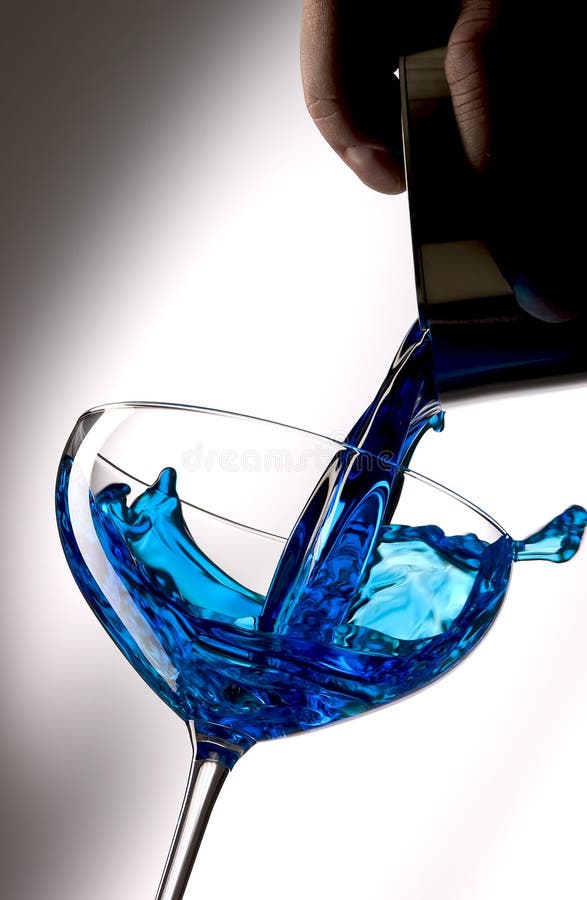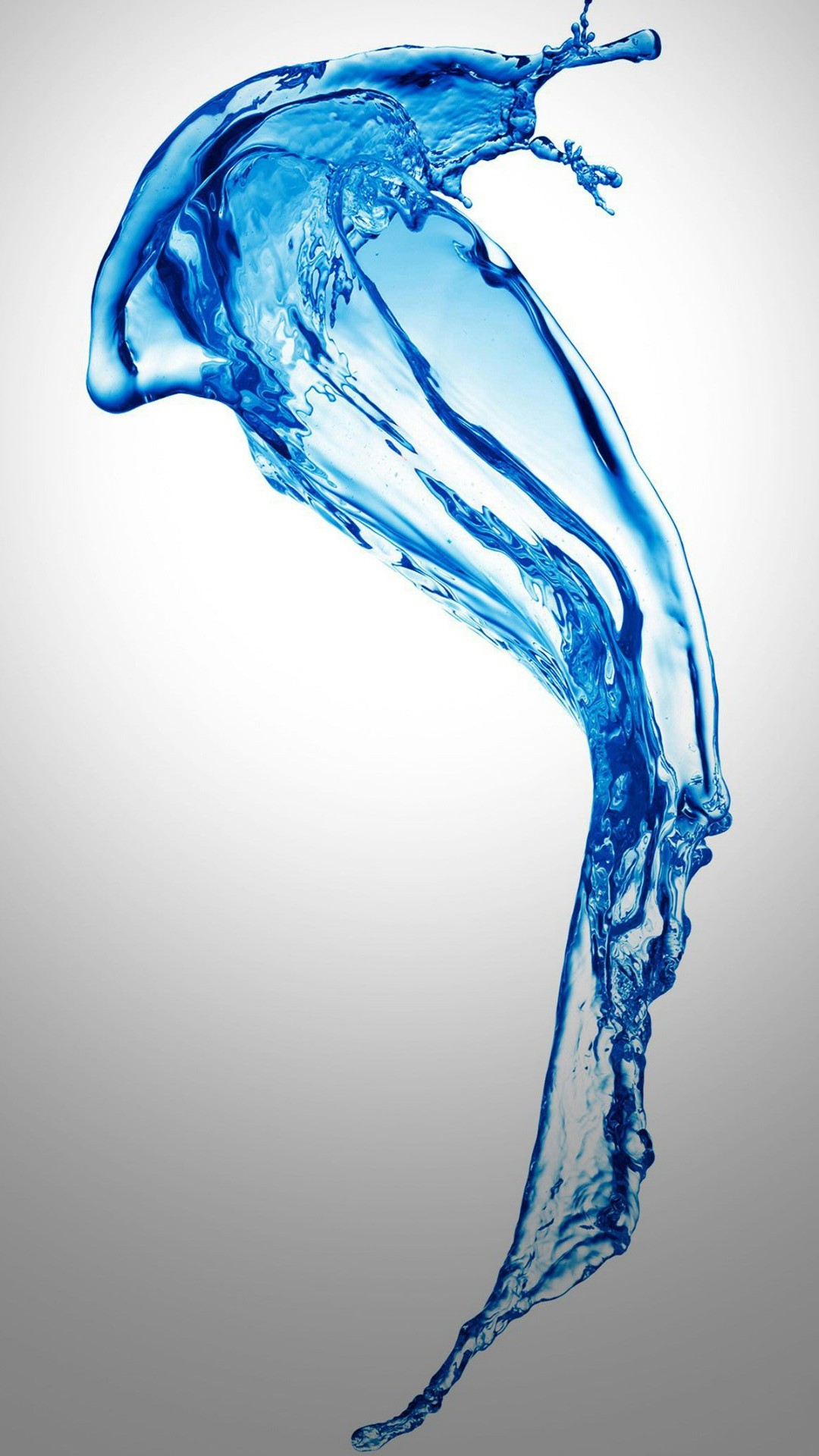

Learn HOW to grow your own on our Salt Crystal Garden page. This is become known as the famous "Salt Crystal Garden". Since the "depression" years, families and children have been using MSB to grow salt crystals for decoration, for fun and for an award winning science fair project. Stewart's® Bluing on our Many Uses page.Īnother Popular Use for Mrs. Please Note: Mrs Stewart's Bluing and bleach SHOULD NOT be used at the same time.ĭid you think MSB was used ONLY in the laundry? MSB is a safe alternative to bleach for whitening fabric. Bleach is a harsh chemical, and over time can weaken the fibers that make up a fabric.

It some cases, it may be necessary to add a bleaching agent to aid in removing heavy soil. Heavy stains should often be pretreated with a good stain-remover before washing to ensure removal of stains. It is advisable that you determine, through personal observation, whether a product does what the manufacturer claims. Most detergents on the market today do a good job of removing soil and dirt. Many detergents also incorporate some sort of additive, some of which are truly beneficial.
Liquid blue pdf#
PDF Download - Instructions for Using MSB in Front-Loading and High-Efficiency Washers PDF Download - Instructions for Using MSB It is necessary to dilute Mrs Stewart's Bluing before use.

Mrs Stewart's Bluing is highly concentrated, and will cause spotting if applied directly to fabrics. Avoid pouring bluing from the bottle into the machine when clothes are present. Here are the instructions as they appear on the current Mrs. Clothes and sheets were washed, then rinsed, then - after a pass through a wringer - dipped in the bluing tub and hung to dry in the sun. The bluing tub was filled with cool, clear water and just enough bluing to make the water a light sky-blue color. A typical laundry set up consisted of three (3) tubs: the wash tub, the rinse tub and the bluing tub. In the late 1800s and early 1900s, bluing was used by everyone who wanted to have (and keep) their laundry white. Stewart's® Bluing (MSB) allows the consumer to re-blue their white fabrics, restoring that just-bought brightness. The Bluing products applied by the manufacturer are eventually washed out of the fabrics. Makers of shirts and other white clothes do this as well.Īfter fabric goes into use, it's fresh, bright white appearance is diminished by soil, stains, and continual washing and drying. To make white goods acceptable to their customers, manufacturers of sheets, towels, linens, etc., add a small amount of blue to them. These all have to be bleached, usually by a chemical which removes most of the yellow color. Most synthetic fibers are not white but tend to be a grayish, or off-white as well. Raw wool is too, even that from the whitest fleece. Unbleached cotton fabrics are yellowish or gray. In their original state, white fabrics are far from white. This is why homemakers looking to return their white clothes to their original sparking white color use Mrs. As color experts would explain it, the proof can be seen in the spectrographic comparison of the two whites - the one with blue added will reflect more light, making it appear whitest. Because blue-white is the most intense white, most painters, when portraying a snow scene, will use blue color to intensify the whiteness.


 0 kommentar(er)
0 kommentar(er)
